“We’ve had so many books about how bad life is, maybe it’s time to have one showing how good it is”
– Langston Hughes, The Sweet Flypaper of Life
The Sweet Flypaper of Life (1955), a collaboration between photographer Roy DeCarava and poet Langston Hughes (February 1, 1902 – May 22, 1967), captures 1950s Harlem, NYC, on the cusp of change. The poetic mix of words and pictures create a sense of intimacy and familiarity previously missing from the African-American story.
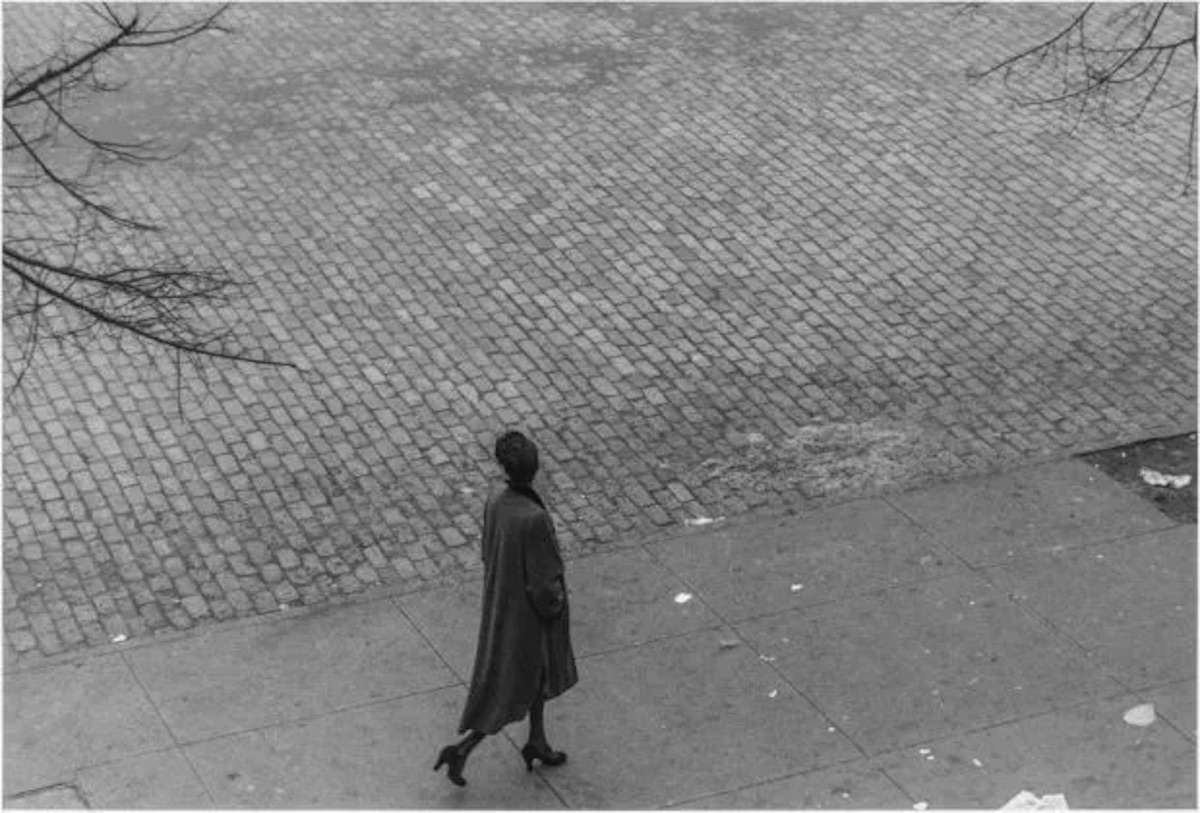
Roy DeCarava, Woman walking above, New York, 1950
The Sweet Meeting
The book was sparked by a chance meeting between the artists in Manhattan in 1954.
In 1952, Roy DeCarava had become the first African-American artist to be awarded a Guggenheim grant, which he used to continue his work documenting life in Harlem, where he was born and lived. After receiving a less than enthusiastic response from publishers to whom he had shown the pictures, he sought the opinion of Langston Hughes.
Hughes loved De Carava’s photographs of everyday life in Harlem and asked his publishers, Simon & Shuster, to make them into a book. They agreed on condition that Hughes wrote the accompanying text.
DeCarava gave Hughes a selection of pictures from which the poet wrote the story through the eyes of Sister Mary Bradley, a fictional grandmother living on West 134th Street who knows everybody’s business and whose lyricism speaks of the wider America of the time. as she says:
“I done got my feet caught in the sweet flypaper of life and I’ll be dogged if I want to get loose.”
Her story and DeCarava’s pictures expands our view from the personal – her reading, waiting and talking – out to her family, neighbours, children playing in the spray of a fire hydrant, streets, the disappearing tenements and the new housing projects.
Change and civil rights are some years off. But things are moving. The story is set shortly after the US Supreme Court decision Brown v. Board of Education in May 1954 that decreed US state laws establishing racial segregation in public schools as unconstitutional. Sister Mary insists that she will stay on Earth until she sees “what this integration the supreme court has decreed is going to be like”.
Later, she compares the political effort that was required to reach that same supreme court decision with her experience of the New York rush-hour subway, which “mixes everybody – white, black, Gentile and Jew – closer than you ever are to your relatives”.
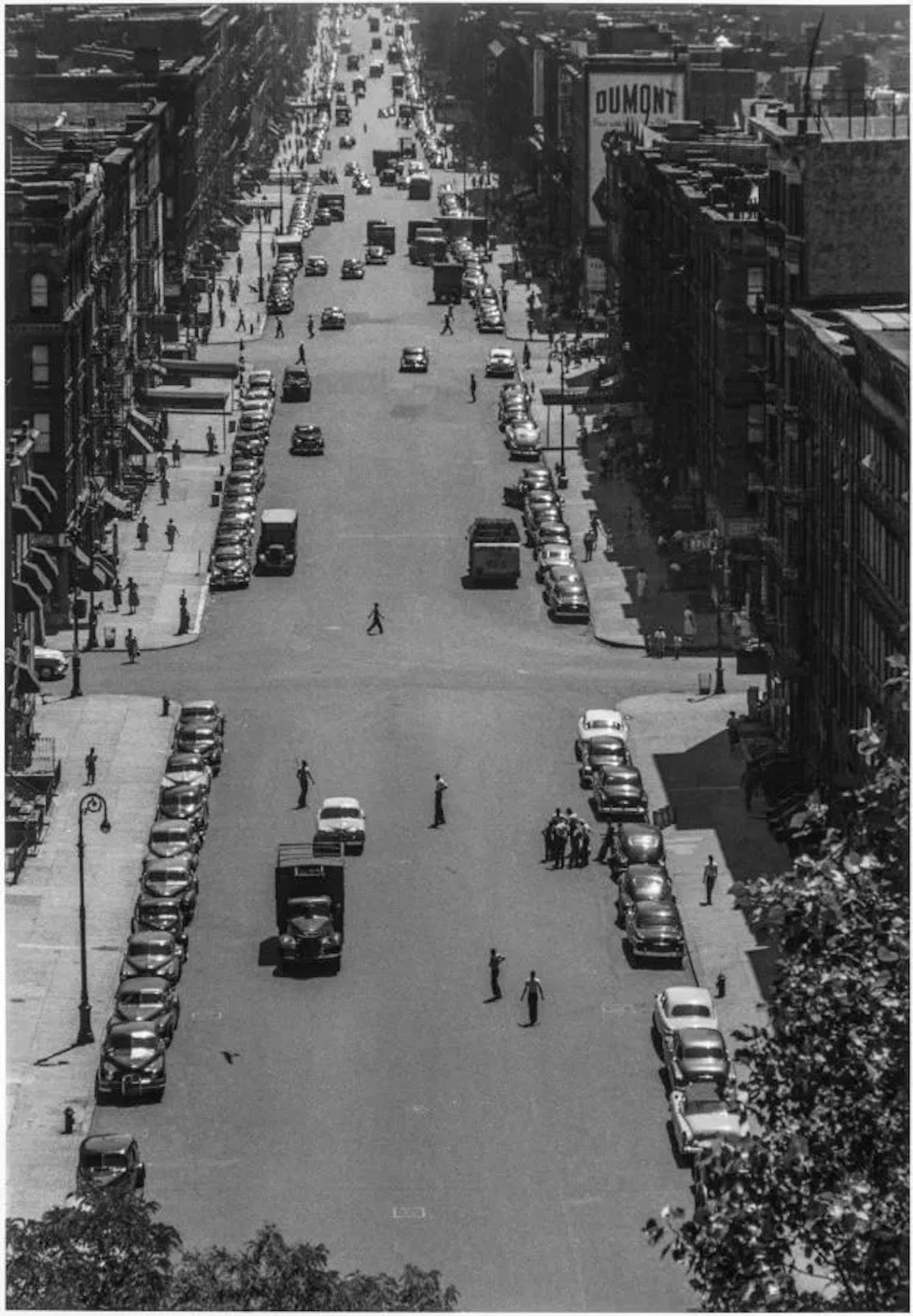
Roy DeCarava, Stickball, 1952
“The people had no walls up. They just accepted me and permitted me to take their photographs without any self-consciousness.”
– Roy DeCarava
“Langston did not want to know any facts about the persons I had photographed on the streets. He told me he knew them already, although he had never met them. And of course he did! He said he would simply meditate on the pictures, and write what came into his head.”
– Roy DeCarava
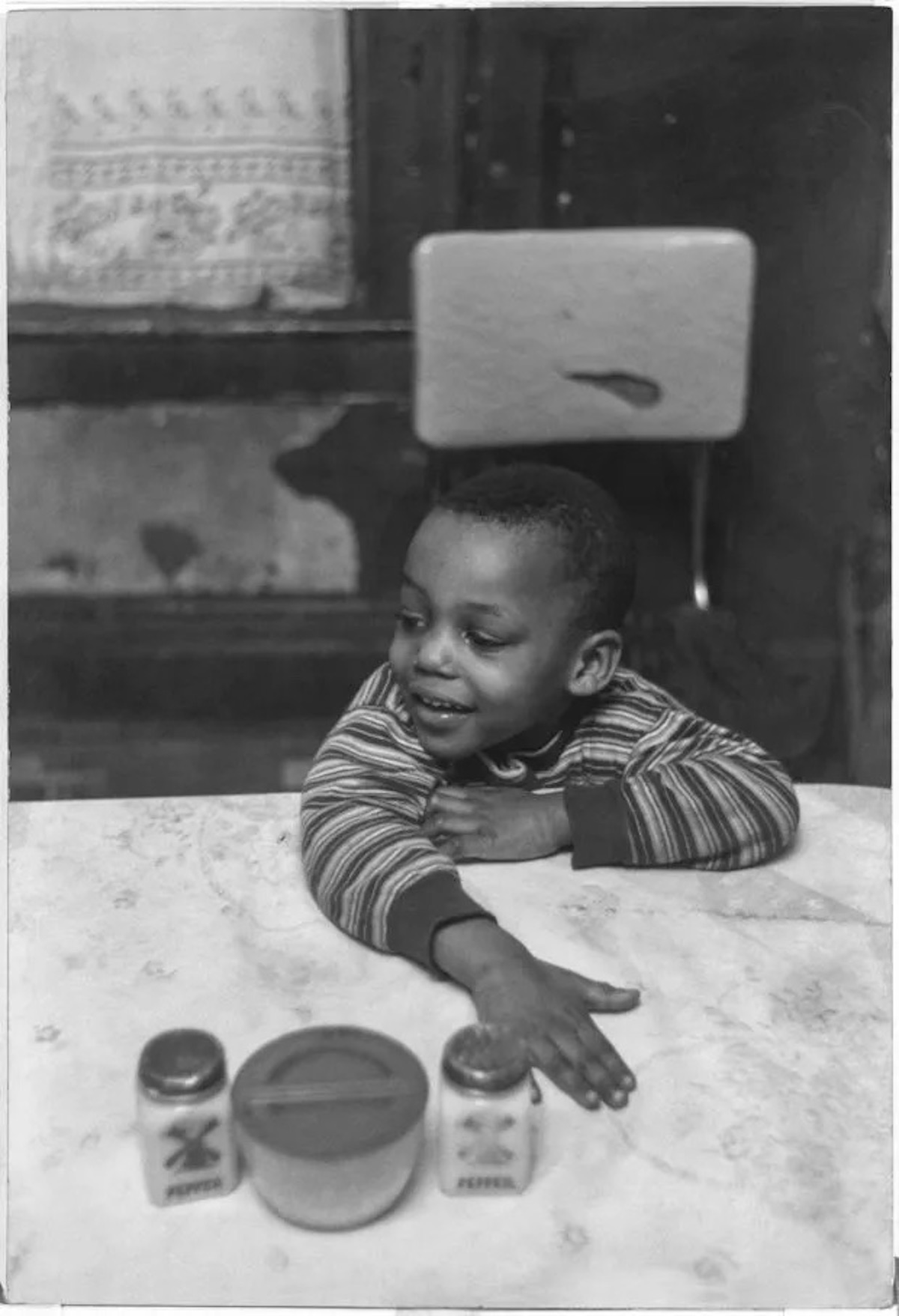
Roy DeCarava, Little Jerry at table, 1953
“It’s too bad there’re no front porches in Harlem: almost nothing except stoops to sit on… or steps… or doorways to lean in… And, in the summertime, maybe a vacant lot.
…
“Tenements torn down and project houses building. Some folks selling, other folks buying. Somebody always passing. Coming and going. Picket lines picketing. And at night street meetings on the corner – talking about ‘Buy black’… ‘Africa for the Africans…’”

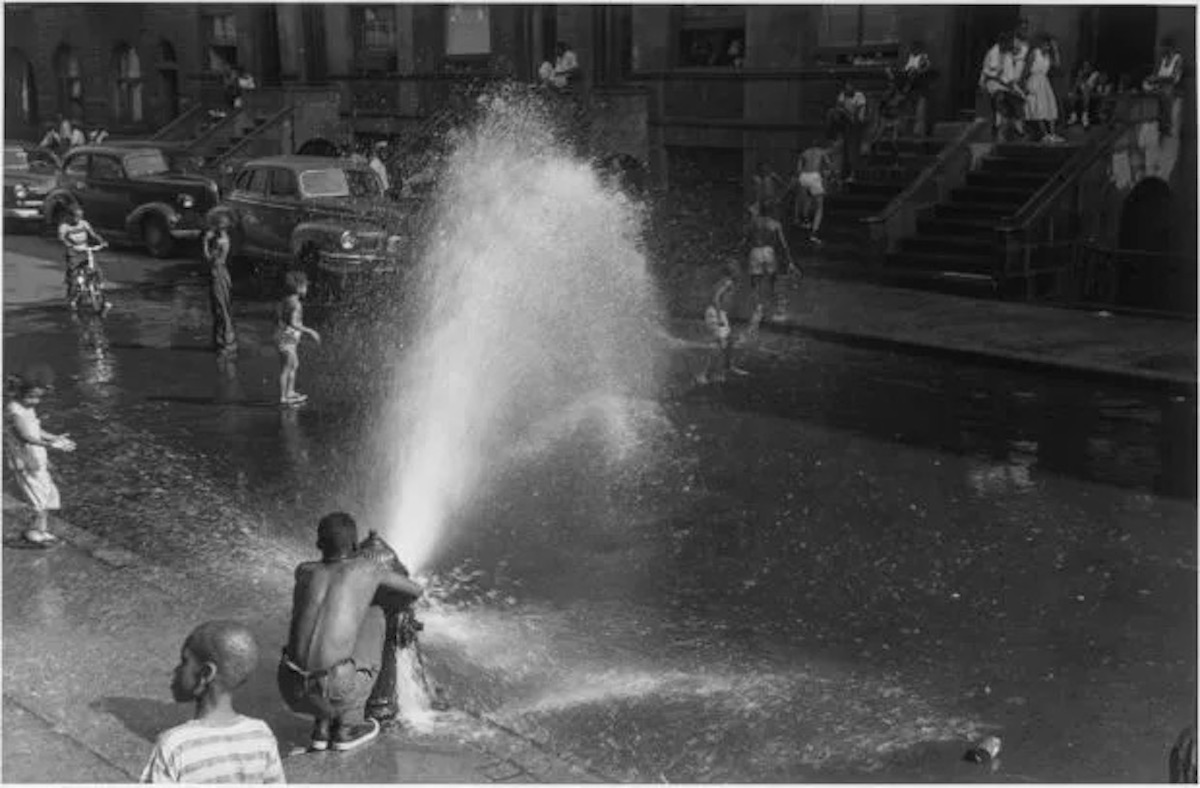
Roy DeCarava, Swimmers, 1950
“Sometimes when a woman comes home in the twilight evening, she’s so tired she has to set down at the top of the steps to wait for the cross-town bus. Sometimes a woman goes to work all dressed up, carrying her work clothes in a bundle.
“And sometimes they comes home, dressed up, too:
“But some’s be too tired to make the change to come home, so they makes the trip in what they work in.
“But me, I always tried to change clothes before I come home, so’s my grandchildren would see me fresh.”
– Sister Mary Bradley

Graduation, 1949. Photograph- © The Estate of Roy DeCarava 2018. All rights reserved. Courtesy David Zwirner
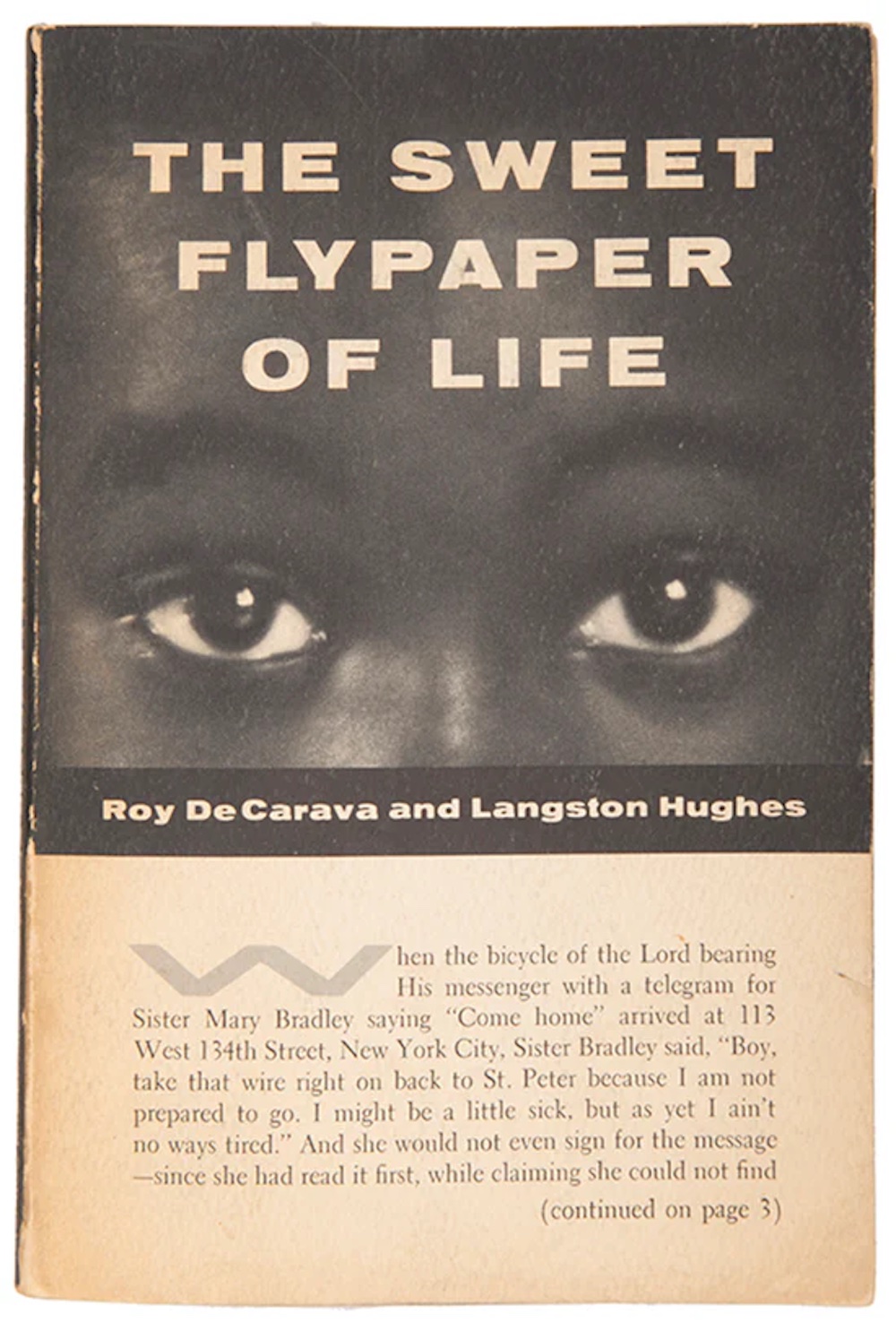
All images: © The Estate of Roy DeCarava ?2018. All rights reserved. Courtesy David Zwirner.
Would you like to support Flashbak?
Please consider making a donation to our site. We don't want to rely on ads to bring you the best of visual culture. You can also support us by signing up to our Mailing List. And you can also follow us on Facebook, Instagram and Twitter. For great art and culture delivered to your door, visit our shop.










